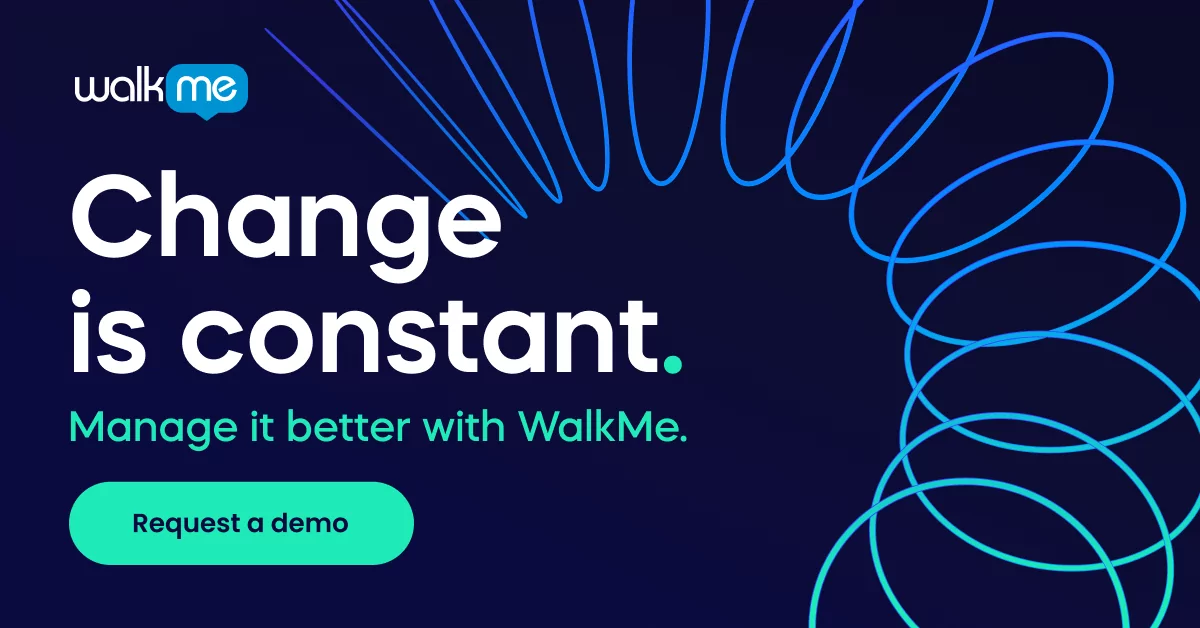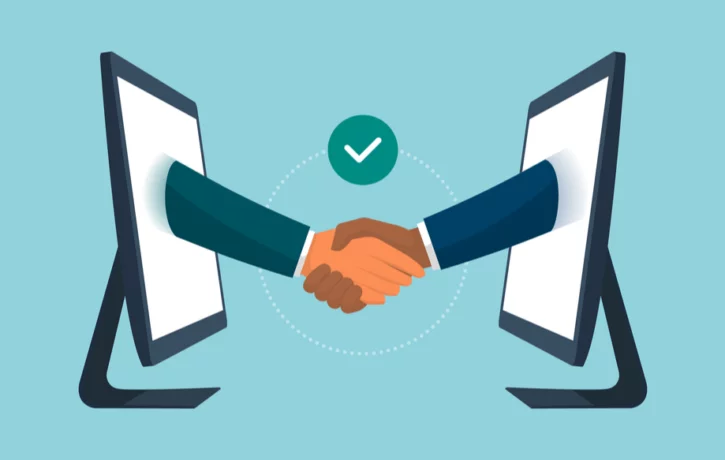What is a service level agreement (SLA) and how should you create one?
In this post, we’ll cover what this document is, why every service provider must have one at the ready, and what should be included.
What is a service level agreement (SLA)?
A service level agreement (SLA) is a documented agreement between a company that provides a product or service, the service provider, and their customers.
SLAs can be:
- Customer-based, or designed for a specific customer or group
- Service-based, or designed for anyone using a particular service
- Multi-level, or geared towards several parties
An SLA accomplishes several goals:
- Defines the services that providers are delivering
- Outlines costs, expectations, penalties, metrics, and other key protocols
- Benefits and motivates both parties to meet their obligations
- Acts as a binding legal agreement between both parties
The more complex a service is, the more important it is to craft an SLA that addresses the needs of each party involved.
9 items to include when creating your next SLA
Here are some of the most important points to include when building SLAs:
- Service level requirements. Service level requirements are the core of an SLA—these are the key deliverables that customers agree to receive from the service provider. This section of the document should describe the scope of these services as clearly as possible since they are the foundation of the business arrangement. Among other things, this section should cover: what will be provided, how it will be provided, reliability, and responsiveness.
- General obligations. As an SLA is a two-way agreement between parties, each has a certain level of responsibility. In most cases, the service provider assumes the vast majority of the obligations in this agreement. However, in some cases, clients may also be required to fulfill some duties, such as providing payment or holding review sessions within a specific timeframe. If a client fails to meet a deadline, then it may be impossible for the service provider to deliver services as outlined in the SLA.
- Response requirements. In the event of service interruptions, providers will need to outline the type of action that will be taken. SLAs should go into as much detail as necessary, defining such parameters as the categories of incidents and how providers will respond to each type of event. A company that provides IT services, for example, could use ITIL incident types and responses as a basis for this section.
- Metrics. Metrics will vary depending on the type of service covered in the SLA. An IT provider, such as a cloud company, would add metrics such as service availability and average incident response times. Other metrics to focus on include metrics related to cybersecurity, business outcomes, and the quality of service.
- Monitoring and reporting requirements. SLAs should describe how service providers collect data, how often that information will be collected, and how and when that information will be communicated to the customer. Some applications, such as WalkMe’s Insights, utilize artificial intelligence to omit personal information when collecting usage details. It is equally important to address the reporting requirements for customers, in the event of incidents such as service outages or security breaches.
- Business outcomes. Recently, more customers are concerned about business outcomes in SLAs, so they tend to request clauses that are connected to business results or capabilities. Rather than emphasizing service availability, for instance, an SLA may promise specific results, such as the ability of an end-user to perform specific actions within a software program.
- An indemnification clause. Indemnification clauses transfer risk—often a legal liability—from one party to another. In the case of an SLA, an indemnification clause may require the service provider to pay the customer if the contract is breached. For instance, if the provider breaches the contract and a third party sues the client, the indemnification clause would require the service provider to cover the legal costs.
- Penalties. These will be incurred when either party fails to meet its end of the obligation. They can include financial penalties such as monetary compensation, service credits, or even contract termination.
- A termination clause. Termination clauses will outline the requirements for ending the service agreement. They should focus primarily on points such as timelines, costs, service continuity, and potential penalties.
A well-crafted SLA is essential to any successful business partnership, so it is important to develop one that is fair and reasonable for everyone engaged in the process.
The right way to use an SLA
Assembling a detailed SLA that theoretically ticks all of the boxes is only the first step. Service providers must know how to present it in a manner that is easily digestible and agreeable for their customers.
This means:
Using the SLA to benefit both parties. An SLA should not be used simply to negotiate price, resolve conflicts, focus on penalties, or minimize providers’ responsibilities. Used in this way, SLAs will be detrimental to the business relationship and can ultimately harm the brand. Instead, SLAs should be focused on delivering value to the customer and provider both.
Clearly establishing goals, expectations, and an SLA before engaging with customers. No matter how good a relationship is between provider and customer, nothing should be left to chance. Since the future is unpredictable, expectations should be clear and every contingency covered.
Being prepared to negotiate the SLA prior to acceptance. Certain types of SLAs, such as service-based ones, are rarely negotiated beforehand. However, customer-based SLAs are often designed for a specific client, so these should be open to negotiation beforehand.
Updating SLAs when needed. Over time, business environments evolve, customer needs shift, and service providers change. As a result, providers and customers should both have the ability to review and update the SLA when necessary. When written and utilized properly, SLAs can protect both parties, facilitate communication, and act as a baseline for a positive working relationship. As we move into the post-COVID next normal, it is more important than ever for businesses to maintain strong ties with their customers and adapt SLAs as needed.


